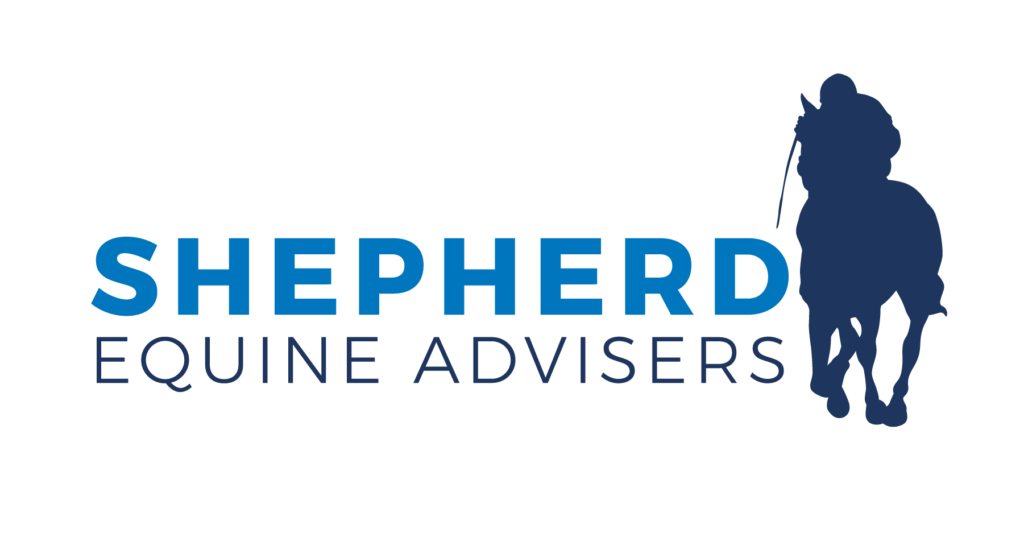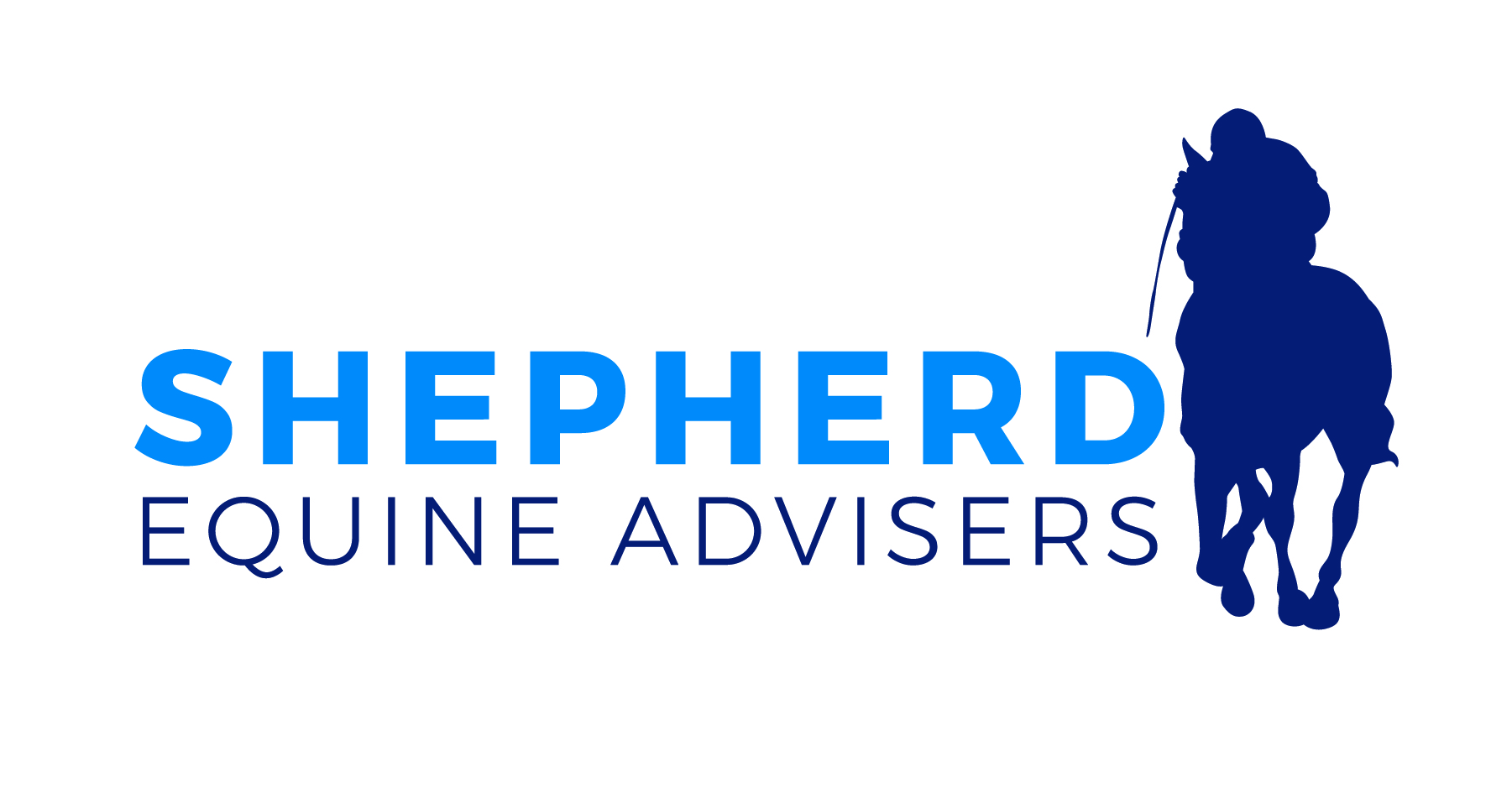The world of thoroughbred horse sales is exhilarating, high-stakes, and—let’s be honest—intimidating. Why do some horses fetch millions while others are barely noticed? The answer lies in a mix of pedigree, physical evaluation, and, perhaps most critically, insider strategy. But here’s the thing: you don’t need to be an industry veteran to succeed. You just need the right approach.
Let’s break it down step by step so you can confidently navigate your next sale.
Understand the Sales Arena
Thoroughbred sales are not just about horses; they’re about strategy. Think of the auction ring as a battlefield where preparation and precision win the day.
Each horse cataloged represents a blend of genetic potential, physical ability, and market demand. The key is knowing how to evaluate these factors and who to trust in the process. For example, a filly sired by a renowned stallion might command attention, but without a solid dam line, her value might falter in the long term.
What to do next: Before the sale, study the catalog intensely. Cross-check pedigrees with recent auction results and racing data. Build a shortlist of horses that meet your goals—whether that’s racing potential, resale, or breeding prospects.
Decode the Pedigree Puzzle of Horses
A thoroughbred’s pedigree isn’t just a list of names; it’s a blueprint for performance. But here’s the trap: not all pedigrees are created equal.
For instance, you’ll often see “big-name sires” topping the catalog. While it’s tempting to chase a horse with a famous father, remember that successful breeding comes down to both sides of the family. Does the dam have a proven record of producing winners? Does the immediate family include stakes winners or high earners?
Here’s the rule: Focus on horses with balanced pedigrees. Look for a strong dam line and recent black-type performers (horses with stakes wins) within the first two generations.
Master the Art of Conformation Evaluation
Even the best pedigree won’t help a horse with poor conformation. At auctions, physical evaluation is your secret weapon.
Pay attention to a horse’s walk—it’s a window into their athleticism. A fluid, ground-covering stride signals potential, while choppy or uneven movement might be a red flag. Inspect bone structure, muscle tone, and overall symmetry. For example, a yearling with a straight foreleg and strong hindquarters is more likely to withstand the rigors of training and racing.
Pro tip: If you’re not confident in your evaluation skills, bring a trusted bloodstock agent or veterinarian. Their trained eye can spot details you might miss.
Know the Auction Dynamics
Auction rings thrive on energy, but energy can be misleading. It’s easy to get caught in the frenzy and overpay—or miss out entirely.
Prices often skyrocket when two or more buyers lock horns over the same horse. But remember, high prices don’t always equal high quality. Some of the best bargains happen early in the sale or late in the day when the crowd thins out.
Here’s how to stay grounded: Set a budget and stick to it. Decide your maximum bid for each horse on your shortlist before you even enter the ring. And when in doubt, step back—there’s always another opportunity.
Spot the “Bargain” Horses
Not every million-dollar horse lives up to its price tag, and not every bargain is a diamond in the rough.
One strategy is to target horses that flew under the radar. For example, a colt with a less fashionable sire but a stellar dam line might slip through unnoticed. Similarly, horses cataloged late in the day often go for less, simply because buyers are tired or have already reached their budget.
What to watch for: Look beyond hype. Focus on the horse’s physicality, walk, and dam line rather than chasing the latest trend.
Build Your Support Team
Navigating the sales ring solo is a rookie mistake. The most successful buyers rely on a team of experts.
This includes a bloodstock agent, who can assess pedigrees and conformation, and a veterinarian, who will review X-rays and perform pre-sale exams. But don’t stop there. Forge relationships with consignors and auction house representatives—they’re often privy to information not listed in the catalog.
To get started: Research reputable agents in advance. Look for those with a proven track record in your area of interest, whether it’s racing, breeding, or resales.
Mitigate Post-Sale Surprises
Buying a horse is only the beginning. Many buyers fail to factor in post-sale costs like training, transport, and veterinary care. Worse, some discover hidden issues—like bone chips or behavioral problems—after signing the check.
Here’s how to avoid that fate: Always conduct a veterinary pre-purchase exam. Request detailed X-rays, and don’t hesitate to walk away if something feels off. A missed red flag today can cost you thousands tomorrow.
Capitalize on Market Trends of Horses
The thoroughbred market is cyclical, influenced by trends in breeding, racing, and even global economics. Recognizing these trends can help you make smarter decisions.
For instance, in recent years, fillies with strong pedigrees have gained popularity due to their dual potential for racing and breeding. Meanwhile, colts by certain sires may fetch a premium during their freshman year (their first crop to race).
What to do: Study past sales data to identify patterns. For example, which sires’ offspring consistently exceed expectations? Are there trends in buyer behavior at specific sales?
Learn from Your Mistakes
Even the most seasoned buyers make missteps. The key is to treat each purchase as a learning opportunity.
For example, if a horse doesn’t perform as expected, dig into the why. Was it a misjudgment of pedigree, conformation, or training potential? Use that experience to refine your strategy for the next sale.
The takeaway: The thoroughbred industry is a marathon, not a sprint. Each mistake is a step toward becoming a more informed buyer.
Your Next Steps
Navigating thoroughbred sales doesn’t have to feel overwhelming. Start by building a solid foundation: learn to read pedigrees, sharpen your eye for conformation, and study market trends. Surround yourself with experts who can guide you at every step.
And remember: it’s not about buying the most expensive horse—it’s about making the smartest investment.
Now, go out there and conquer the sales ring. Your million-dollar moment might be closer than you think.
Ready to take the leap? Schedule a consultation with Shepherd Equine Advisers today and let us help you navigate the thoroughbred world with confidence and clarity.







Recent Comments